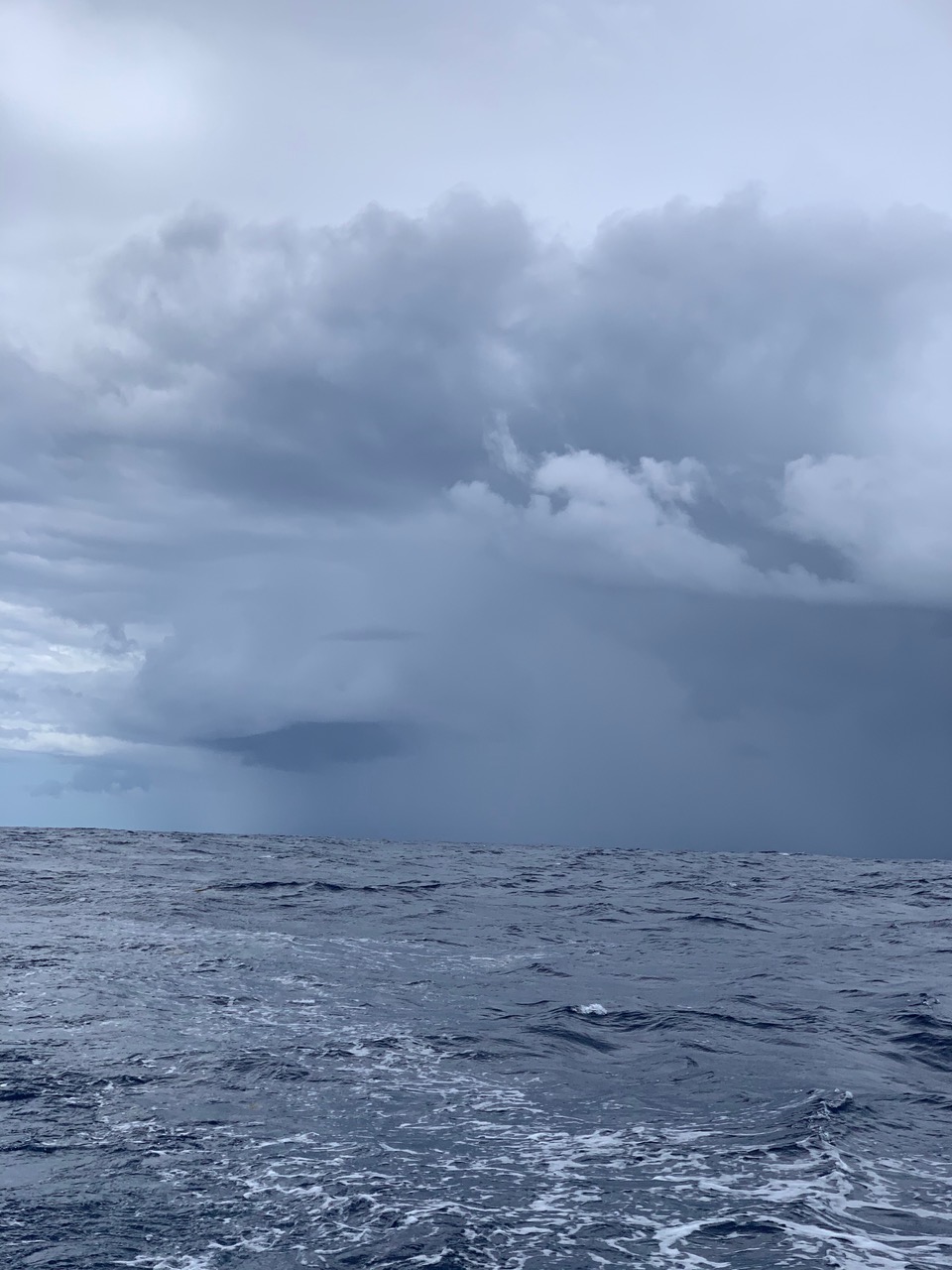Antigua to Norfolk VA - day 8

Stravaig'n the Blue
Mon 17 May 2021 23:58
End of day 8 position: 33:32.6 N 072:32.7 W Position timestamp: Monday 17 May 2021 11:00 UTC-4 Distance travelled last 24 hours / in total: 140 / 1195 NM Average speed since departure: 6.2 knots Shortest distance to destination: 290 NM Better progress during the last 24 hours: 140 miles sailed and distance to Norfolk reduced by 136, much closer to the planned 150 than yesterday’s 104. (Boats don’t travel in straight lines hence the miles reduced figure always being less than the miles sailed.) After some excellent progress yesterday afternoon, the wind dropped steadily after dark and at 2am we brought in the sails and started the engine at 1900 rpm, our usual “minimising fuel consumption / maximising range” cruising revs. A quick calculation after breakfast revealed that if we had to motor all of the way to Norfolk, 1900 rpm would get us there at around 9pm on Wednesday. So we upped the revs to 2100 to get us there in daylight hours. We were surrounded by thunderstorms all morning but managed to avoid being caught in any of them. The base wind was only 2-3 knots but close to the thunderstorms there was localised wind in the 15-20 knot range and we took advantage of this where the direction was favourable to set the headsail and gain a knot or so of speed over and above what the engine was delivering. Being chased by a thunderstorm. This one blew itself out before it reached us but we did benefit from the following winds it produced.  Thunderstorms are a feature of Cumulonimbus capillatus clouds, cloud species id CL9. Pub quizzers may wish to note the following points from my favourite cloud book, The Cloud Book published by the UK’s Met Office. Cumulonimbus capillatus clouds are by far the tallest structures on the planet, extending from low bases of 600m up to 18km, where the troposphere meets the stratosphere. Further, the _expression_ ‘to be on cloud 9’ which means feeling on top of the world derives from the classification number for Cumulonimbus that appeared in the first International Cloud Atlas of 1896. The clouds we saw this morning were single-cell varieties that lasted about an hour before exhausting themselves in a massive downpour and fading away to nought. Where a number of single-cell clouds manage to coalesce they can form multi-cell or even supercell structures that last for many hours or days. Such structures are responsible for the tornadoes that batter the US midwest. Based on yesterday’s weather forecast we were expecting to have to motor substantially all of the way to Norfolk. Being able to motor-sail this morning was a plus that continued throughout the afternoon. And then today’s forecast indicated that we would have 10-12 knot winds throughout the night, sufficient to be able to sail and cut the engine. Bliss. Right now (coming up to the 11pm watch hand over) we are sailing under mainsail and Furlstrom in 14-16 knots, bowling along at 6-7 knots on a shimmering moonlit sea. All is well. Allan |